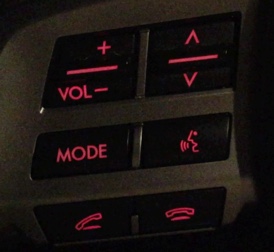An electrifying car story—part two
This is Part Two of a five-part series on our Tesla Model S. In Part One, I covered why we chose the Model S, the cost of the car, and a bit about Tesla the company. In today's Part Two, I'll discuss some of the things I love about the car; Part Three will have more of the loves, as well as the not-so-loves. Part Four will discuss what it's like living with an electric car, and my thoughts on the future of auto electrification. Finally, Part Five will provide an unexpected ending (of sorts) to the series.
What I love about the car
Everything. OK, that's not true. But there is a huge list of stuff that—even after nearly three years—helps make any drive in the Tesla an enjoyable experience. The list is generally ranked by order of importance to me, though a lot of these would be ties if I had to absolutely rank them. Most of these things are particular to Tesla's cars (and some to the Model S in particular), though a couple are generally true of any electric vehicle.


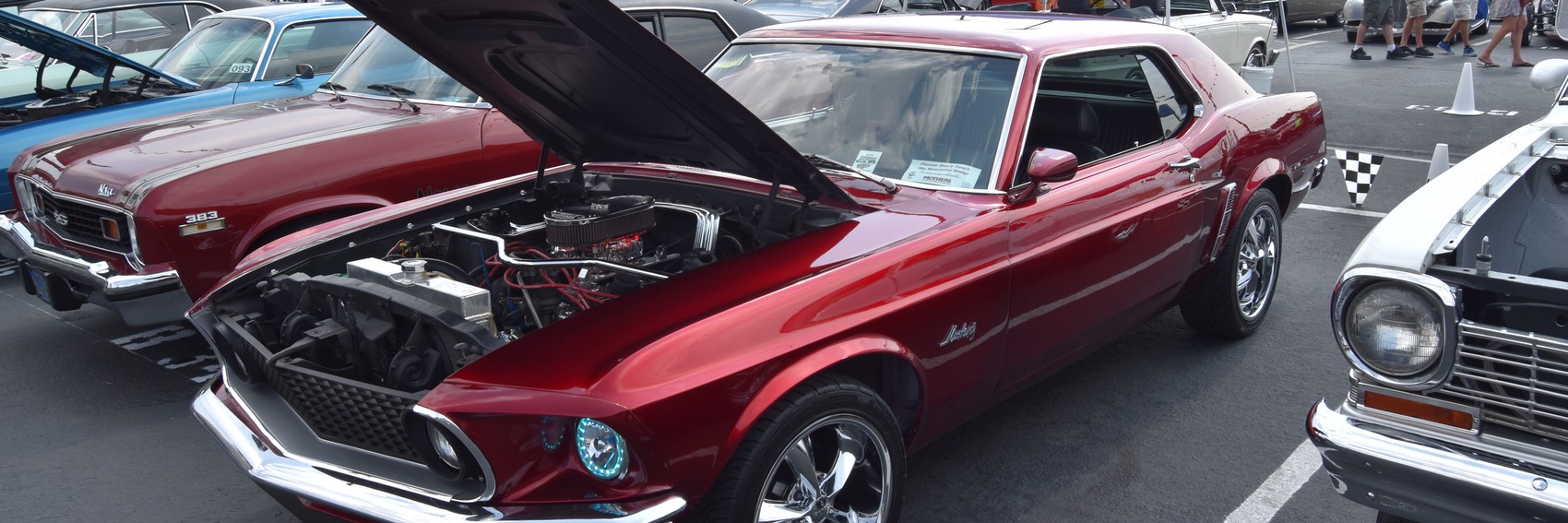

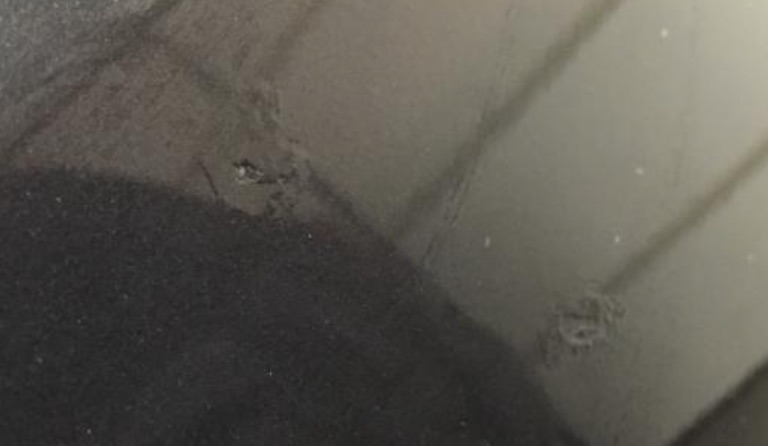

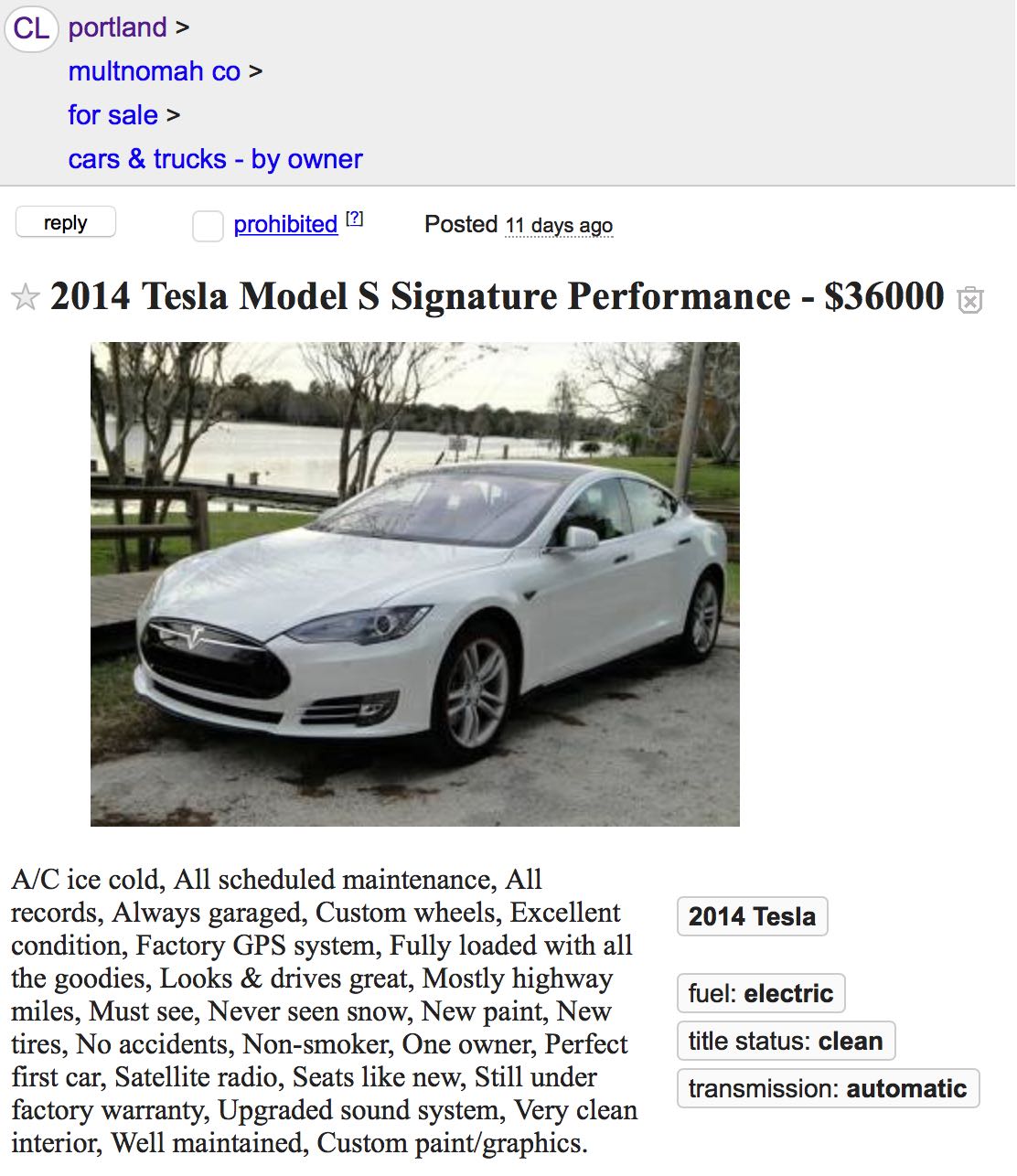
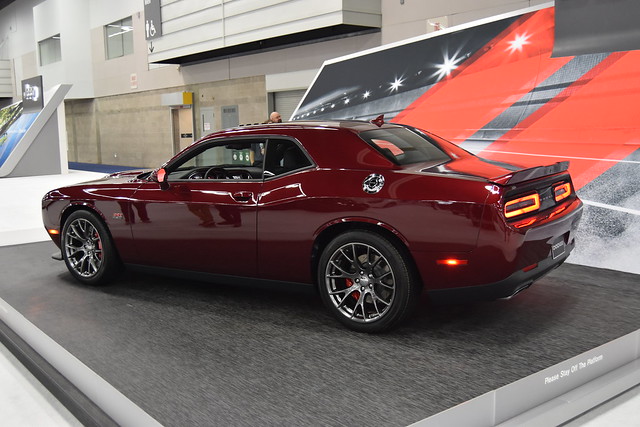
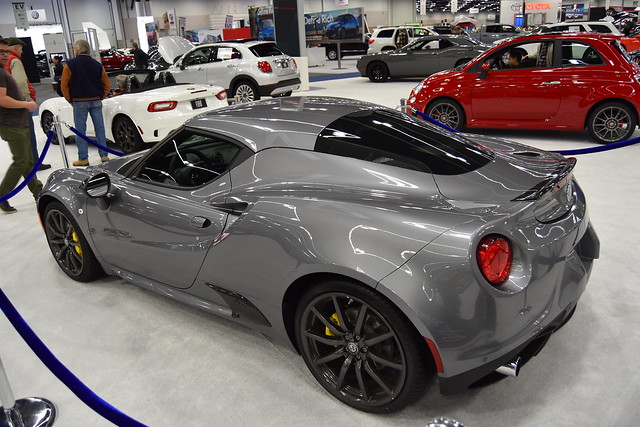



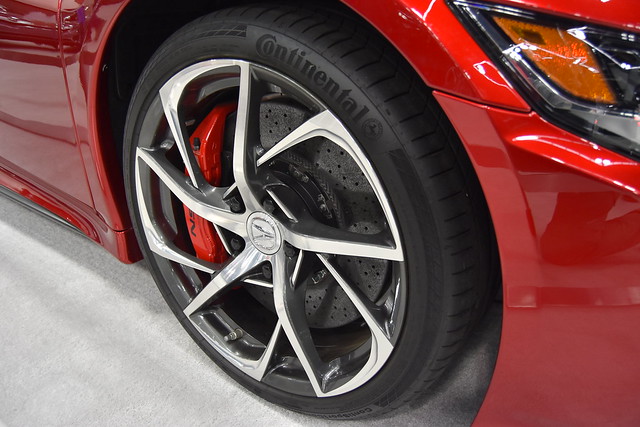
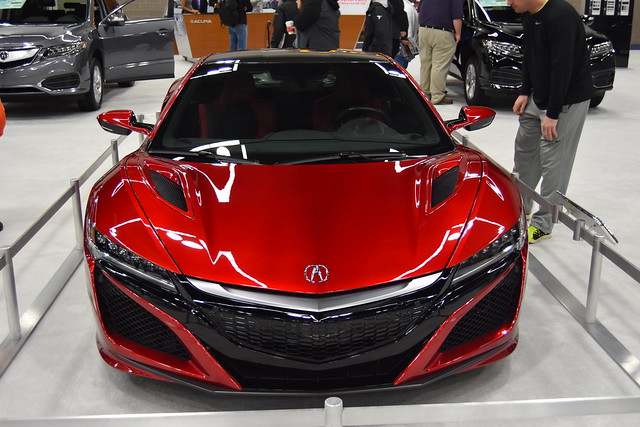
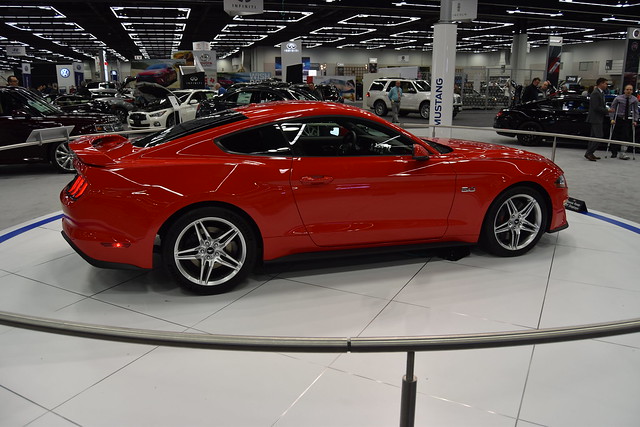
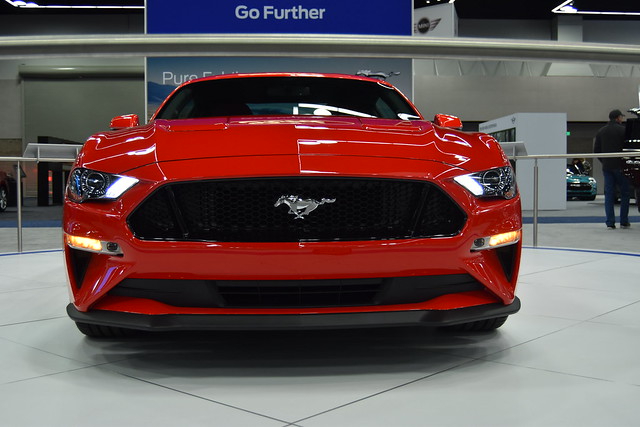
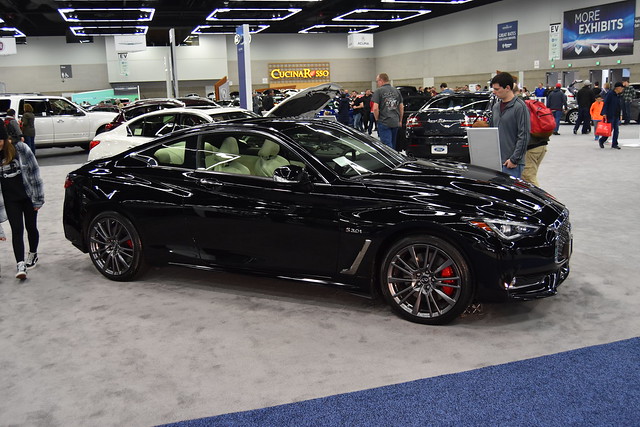
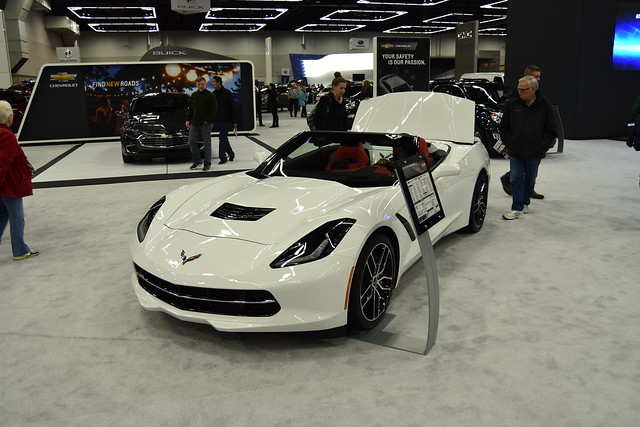
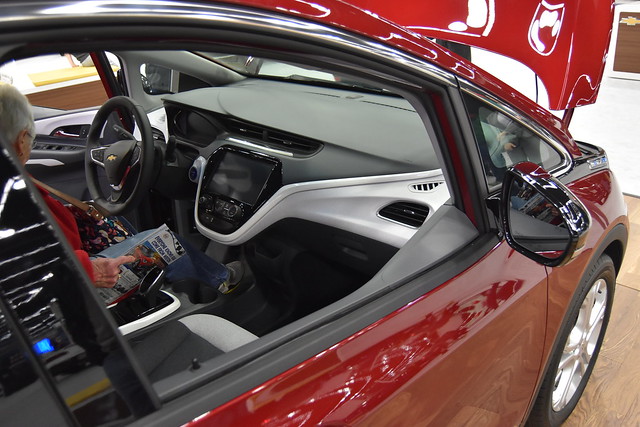
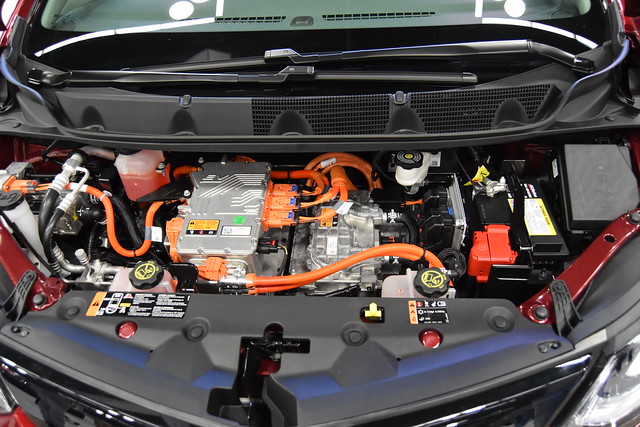



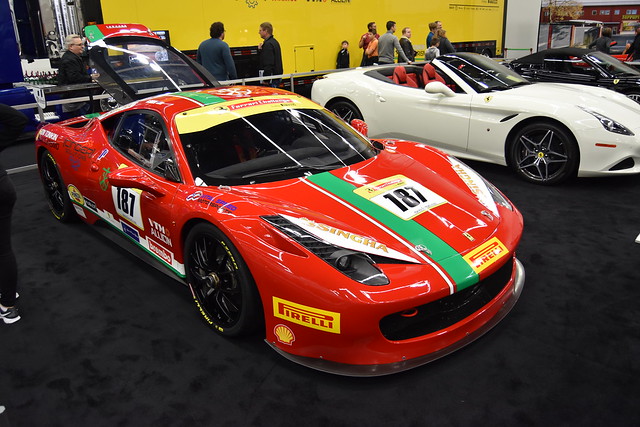
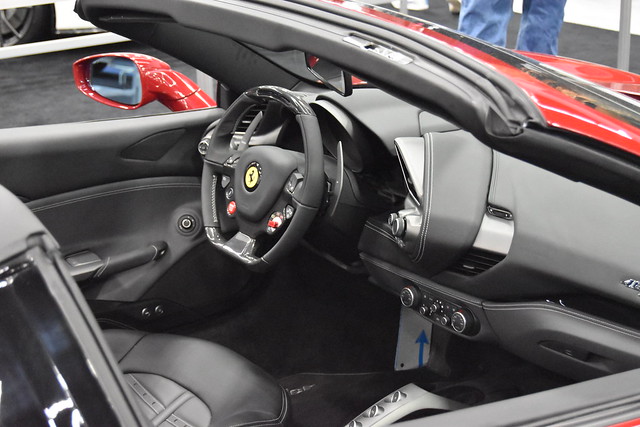
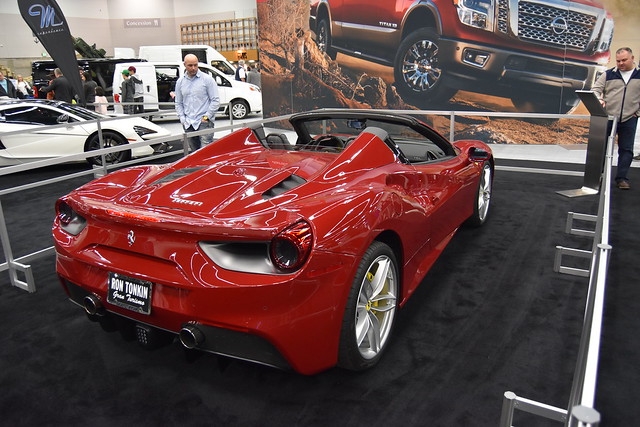
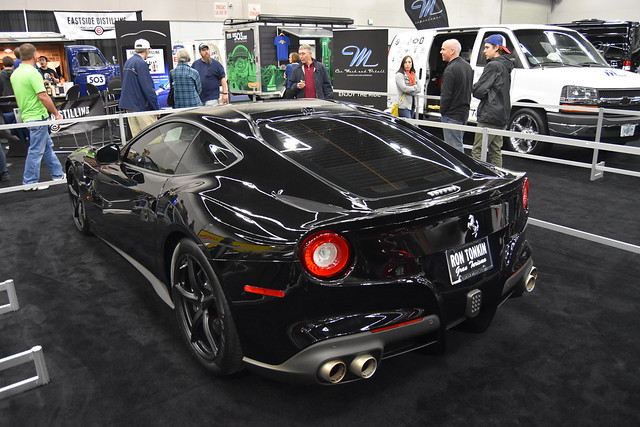
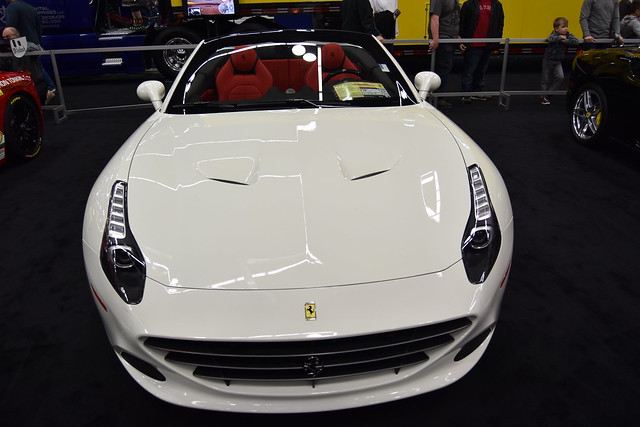

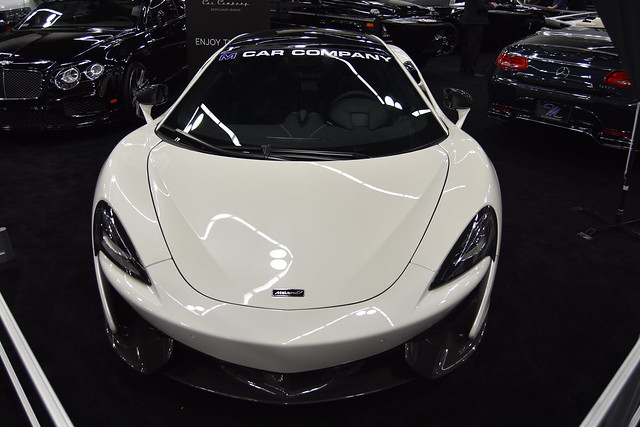

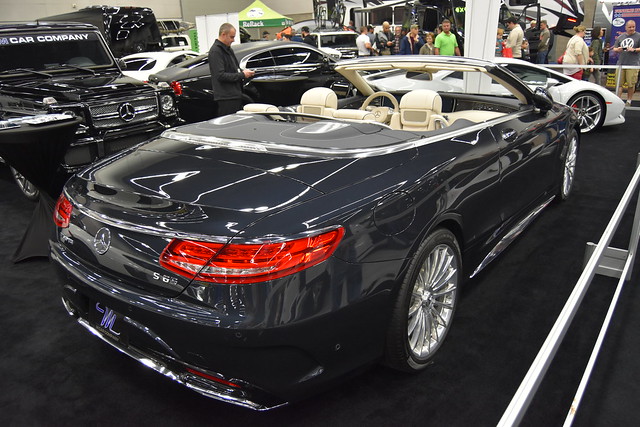

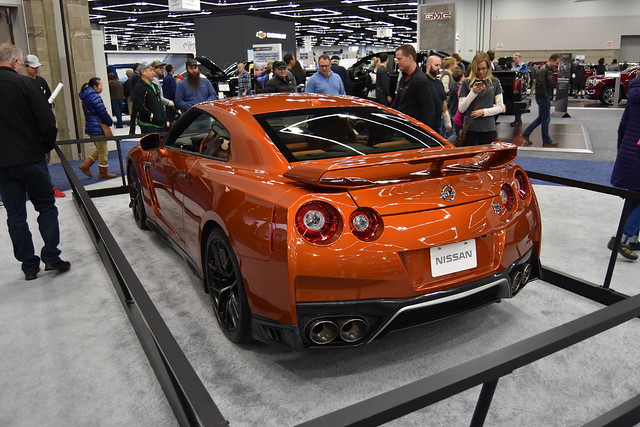

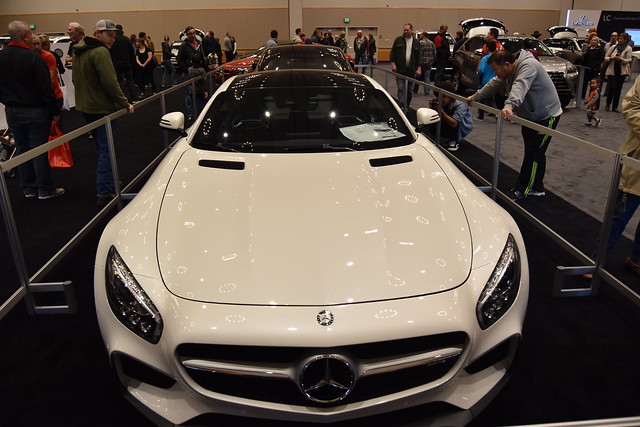


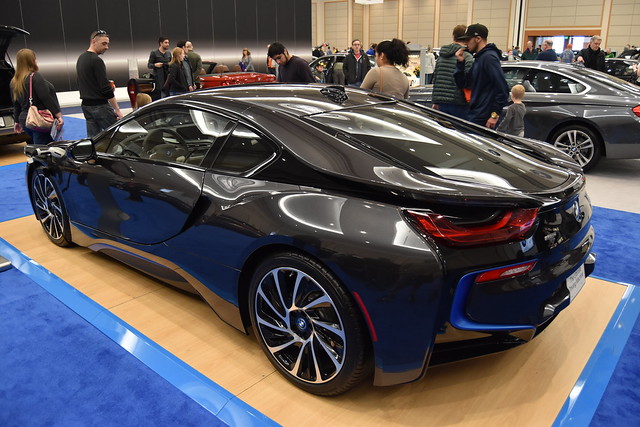
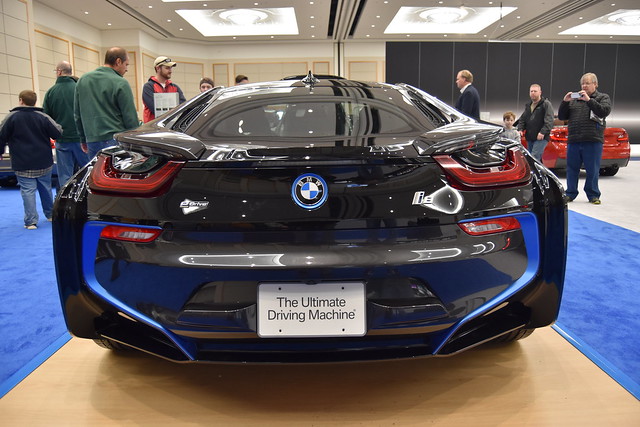





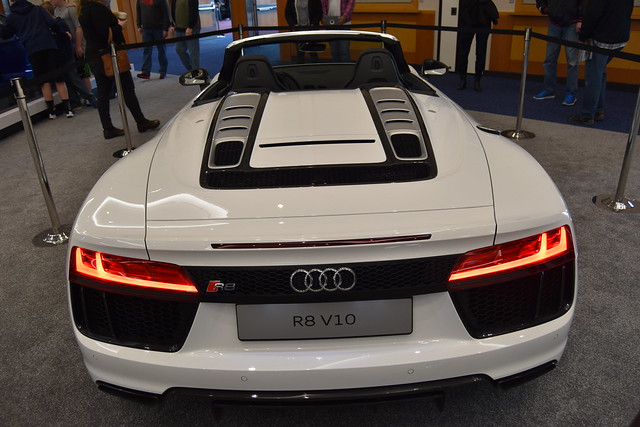


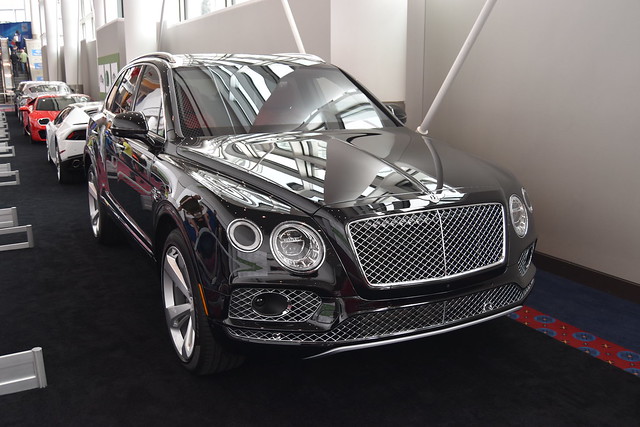
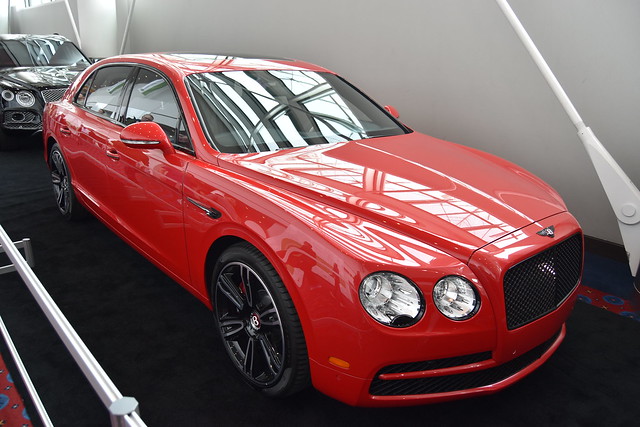

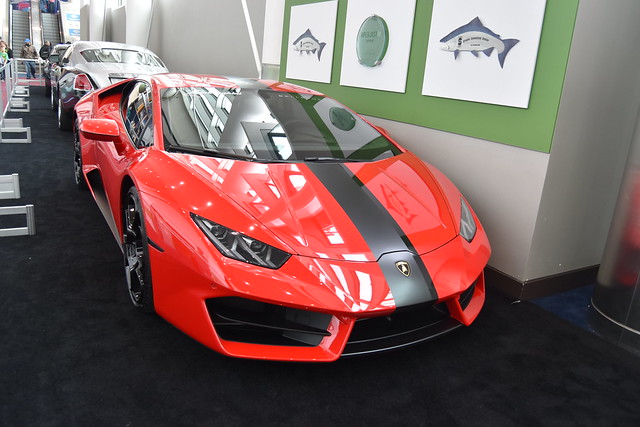

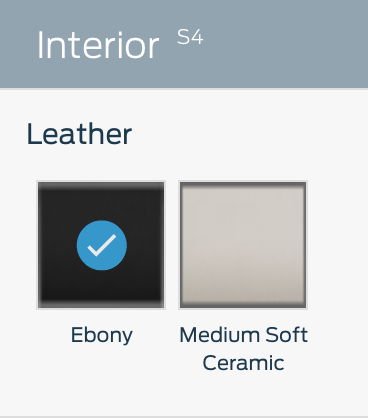 You'd never know this is a problem, though, when you start looking at cars on manufacturers' web sites. Visit most any car maker's web site, and for most any car you're interested in, you'll see a mix of available interior colors—black, grey, tan, brown, red, etc.
You'd never know this is a problem, though, when you start looking at cars on manufacturers' web sites. Visit most any car maker's web site, and for most any car you're interested in, you'll see a mix of available interior colors—black, grey, tan, brown, red, etc.